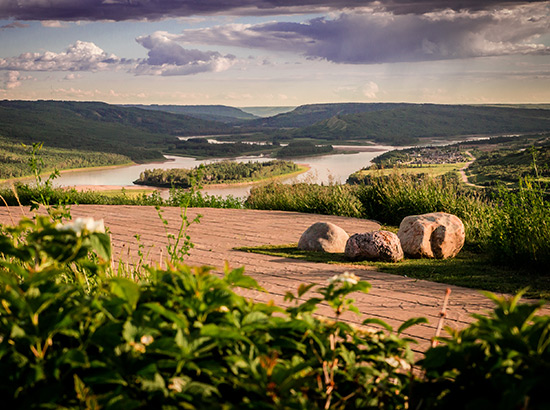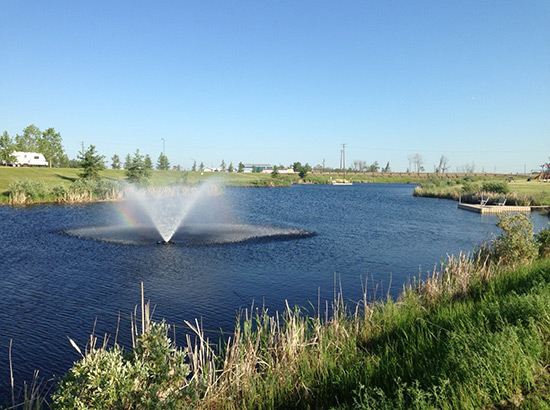Moving & Living in Northern Sunrise County
Jump to: Living in a Rural Community | Choosing a Building Site in a Rural Area | Communities in Northern Sunrise County
Living in a Rural Community
"In 1928 and 1929, during Alberta’s huge homestead trek into the Peace Country, a well-beaten, crude wagon trail roughed out by the early settlers served as an entrance into the search for this last Northern frontier."
Rural living is rich and rewarding, yet new residents must know that rural life in Northern Sunrise County is very different from life in the city.
Agriculture significantly shapes the economic, cultural and social fabric of the County. You have chosen to live in a rural setting among ranch and farm families. You can expect to share many of the benefits and challenges they enjoy, like open space and tranquillity, wildlife sightings, variable weather and road conditions.
The County’s agricultural setting where the land is primarily used for growing crops and raising livestock also creates many differences that new residents may have to adapt to, including:
- Managing your residential water and sewage, maintaining large properties, and snow removal.
- Residents also must travel longer distances on isolated gravel roads. Because emergency and rescue crews take longer to respond, residents need to be self-reliant and prepared for any situation.
- Farmers often work around-the-clock, especially during seeding and harvest. If the environmental conditions are appropriate, at any time – night or day – activities such as operating loud machines, swathing hay, hauling grain and combining.
- Dust is prevalent throughout the County when farmers are tilling and harrowing fields, especially during windy and dry weather.
- Odours from applying chemicals applied to control weeds, pests or disease may affect people who are sensitive to such smells. Pesticides are not used during high winds.
- Although rare, burning fields and ditches are also options to control weeds or rejuvenate fields, and the smoke created by this activity may be bothersome to some residents.
- Tractors, combines, grain trucks, livestock carriers and other equipment may be on the roads at any time as farmers move equipment between fields — particularly in the spring and fall. Please practice extreme caution when approaching these types of vehicles.
- Animals and manure have a strong odour, particularly during the spring thaw. When considering moving to an area close to a livestock operation, buyers not accustomed to a farming environment may want to keep in mind the smells present.
- And finally, farm animals and equipment can be dangerous. For those not accustomed to living in an agricultural region, it will take time to fully understand all of the precautions that are necessary to be safe.
Choosing a Building Site in a Rural Area
Choosing a building site in a rural area is more than a matter of aesthetics or selecting the best view. Below is a list of important issues to consider:
- The type of soil and the depth of the water table on a property may help determine the location and/or type of buildings that can be constructed safely on that site. It is a good idea to request a soil test before purchasing a property. Geotechnical engineering companies conduct soil testing and are listed in the yellow pages under “Engineers.”
- Look around the property to determine low-lying areas, how the property drains, and the direction of prevailing winds. Wind may carry drifting snow, dust from gravel roads, chemicals from field operations and livestock odours.
- Consider that innocent-looking creeks and streams can turn into torrents during run-off and may pose potential hazards for children and pets. Steep slopes can slide, particularly during wet weather.
- Consider the location of trees. While mature trees can provide shelter from the wind, they can also be potential fire hazards or cause damage to buildings should they be blown down in a storm.
- Remember that property owners are responsible for maintaining all roads and driveways on their property during all seasons.
- On lots not serviced by a municipal water and sewer system, owners need to consider where a water well or holding tank would best be located, as well as a sewage disposal system. Keep in mind that some sewage systems, such as septic fields, take up a large area and must be located within specific property boundaries.
Communities in Northern Sunrise County
Jump to: Cadotte Lake | Harmon Valley | Marie Reine | St. Isidore | Reno | Three Creeks
Northern Sunrise County is located in northern Alberta, adjacent to the Town of Peace River, a hub for a large portion of Northern Alberta. Northern Sunrise County is approximately 473 km north of Edmonton, Alberta and 284 km northwest of Grande Prairie, Alberta. Residents who live within the county have ample opportunity to get to know their neighbours, explore the great outdoors and experience life in a quieter way. The county is home to various resource suppliers that can suit the various needs of living in the north. Water, Internet, Electric and Gas can all be found within the region. Furthermore, the county is plentiful in its opportunity for recreation and being active. From walking trails and sports courts to a jumbo bounce pillow and geocaching- there are no shortages in ways to get busy outdoors with friends, family or on solo adventures. And, if you’re not into planning your own adventure, there are many events that are hosted by the County that happen all year round. When we say “Northern Sunrise County, We’ve Got It All,” we’re not joking. From the lovely people, to the fun activities and beautiful views, there's something for everyone here at Northern Sunrise County.
Cadotte Lake
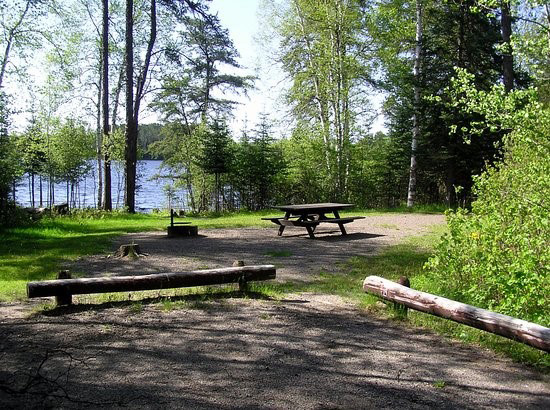
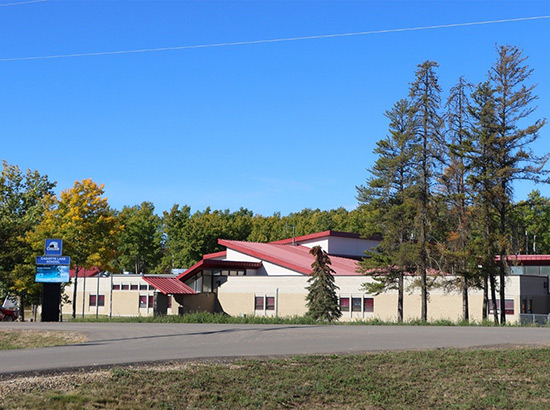
Cadotte Lake is an unincorporated community in northern Alberta, Canada within Northern Sunrise County. It is located on the northern shore of Cadotte lake, along Highway 986, 86 km northeast of Peace River.
The community straddles the boundary between the Woodland Cree First Nation Reserve 226 and Northern Sunrise County. The western portion of the community, located within the reserve, is known as the Cadotte Lake Indian Settlement, while the eastern portion, located within Northern Sunrise County, is designated a hamlet.
If you are travelling to Cadotte Lake, you will surely enjoy the drive out through portions of Alberta’s Boreal Forest’s densely treed areas. If you’re lucky, you might see some of the wildlife that inhabit the area such as bears, moose, owls and hawks to list a few. While driving through Cadotte you will be able to take in the beautiful views of Cadotte Lake. Cadotte Lake boasts opportunities for boating and fishing where you might catch walleye and northern pike.
Harmon Valley
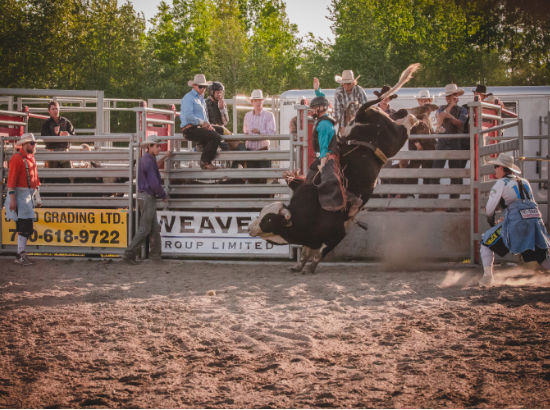
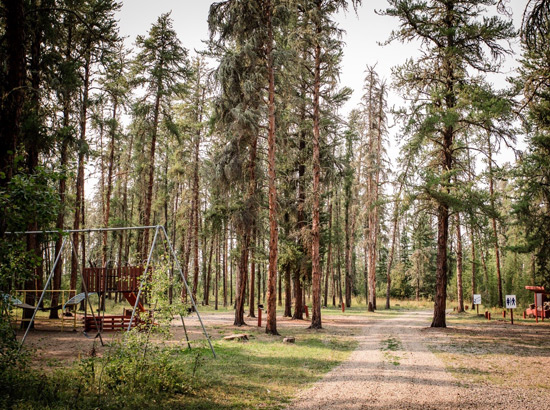
Harmon Valley is an unincorporated community in northern Alberta, Canada.
The community was named for Daniel Harmon, a fur trader. The community is located in the Heart River valley, approximately 25 km east of the Village of Nampa. Surrounded by many farms and agriculture, Harmon Valley is the perfect place for people who enjoy quiet, country living. Harmon Valley is a quiet and tranquil area of the county, however, there are a plethora of things to do within the region. Harmon Valley Ag Society hosts many events from rowdy rodeos to absolutely stunning weddings. Then, travelling further within the region, a visit to the Harmon Valley Park will not disappoint. The campground boasts 17 un-serviced campsites ($10 fee), free firewood, picnic shelters, two playground areas and more! If you are a star gazer this is an amazing campground with the possibility of experiencing the northern lights. While you’re there, enjoy the groomed walking and skiing trails and a beautiful walk down to the creek that runs alongside the park.
Marie Reine
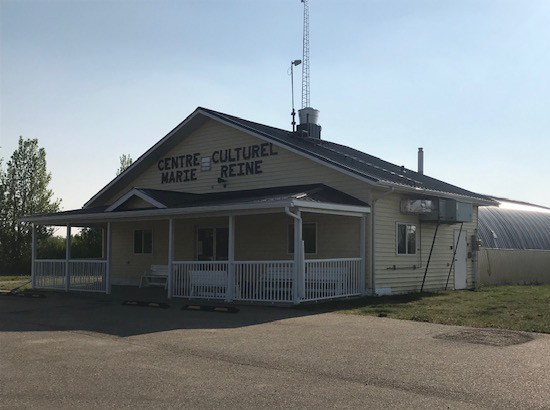
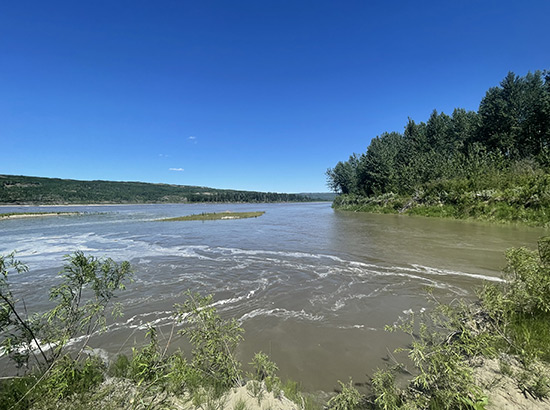
Marie Reine is a hamlet in northwest Alberta, Canada within Northern Sunrise County. It is located approximately 18 km south of the Town of Peace River on four quarter sections split by Highway 744.
The French Canadian community got its start in 1949-1952 when settlers from Quebec and France migrated west for a better future. The hamlet has a unique community plan laid out by Pierre L’Abbe and Paul Pothier where each lot is a twenty-acre strip abutting Highway 744. Marie Reine has plenty of opportunities for entertainment. Enjoy a lovely walk down Marie Reine’s paved walking path and stop for some fun at the beautiful playground located at the cultural centre. If you’re up for a bit of a drive, Judah cemetery and Sagitawa outlook provide breathtaking views of the Smoky River and the Peace River. Murphy’s flats, a day use area in the Smoky River Valley is a lovely place to spend the afternoon by the river and taking in the river views and nature.
St. Isidore
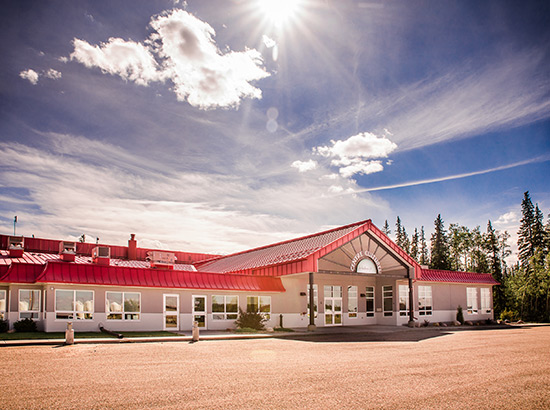

The hamlet of St-Isidore, Alberta was established in 1953 by ten families from the Saguenay-Lac-Saint-Jean region of Quebec. St-Isidore was the last community founded in Alberta in the wave of migration from Quebec after the Second World War. These pioneers worked hard to develop agricultural land and a vibrant Francophone community. Today, the community is still brimming with vitality and reflects the family and cooperative spirit on which it was founded.
St-Isidore and its surroundings offer visitors and residents a wide range of cultural, sports, family and informative activities. People can attend music and dance performances, outdoor activities, exhibitions and so much more. You’ll have to check out the museum and cultural centre where much of the communities’ history is on for display. While you’re there, check out the tapestry making- so cool. You have to go to the region to truly appreciate all that it has to offer.
Reno
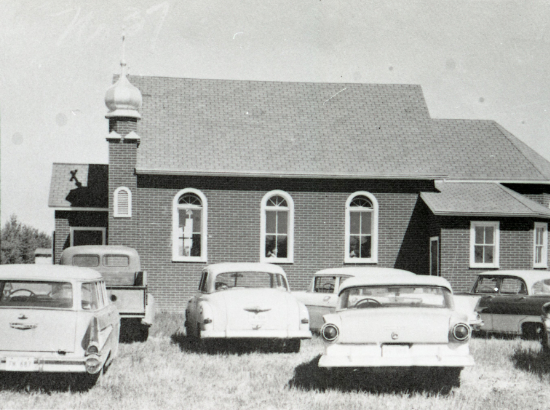
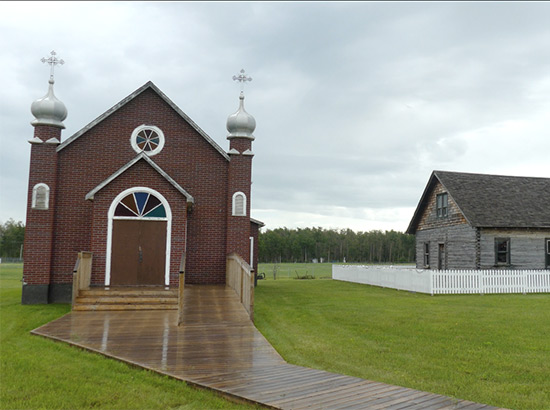
Reno is a hamlet in northern Alberta, Canada, within Northern Sunrise County. It is located 8 kilometres east of Highway 2, approximately 45 kilometres southeast of Peace River and only 14 kilometers southeast of Nampa. The community of Reno holds a lot of history as one of the peace region’s original ‘hubs’ due to the railway running right through the community. Now, Reno is a quiet hamlet that provides ample opportunity to connect with the nature that you are surrounded by. Reno boasts opportunity of country living while still having friendly neighbours nearby. With the Village of Nampa only 14 minutes away, you will have access to acreage dwelling while still being close to some of the essentials. The Reno community hall area is a nice place to pack a picnic and spend the afternoon enjoying the great outdoors.
Three Creeks
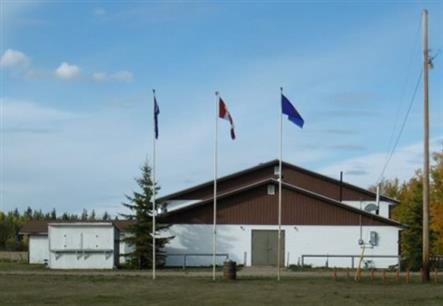
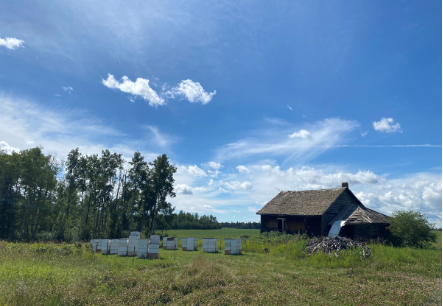
Three Creeks is an unincorporated community in northern Alberta, Canada. The name of the community is a reference to the three creeks that flow west through the community into the Peace River, among them being Wesley Creek and Carmon Creek. Located approximately 33 km northeast of Peace River. The community boasts plentiful opportunity to get outdoors and explore the region and visit neighbouring communities.

